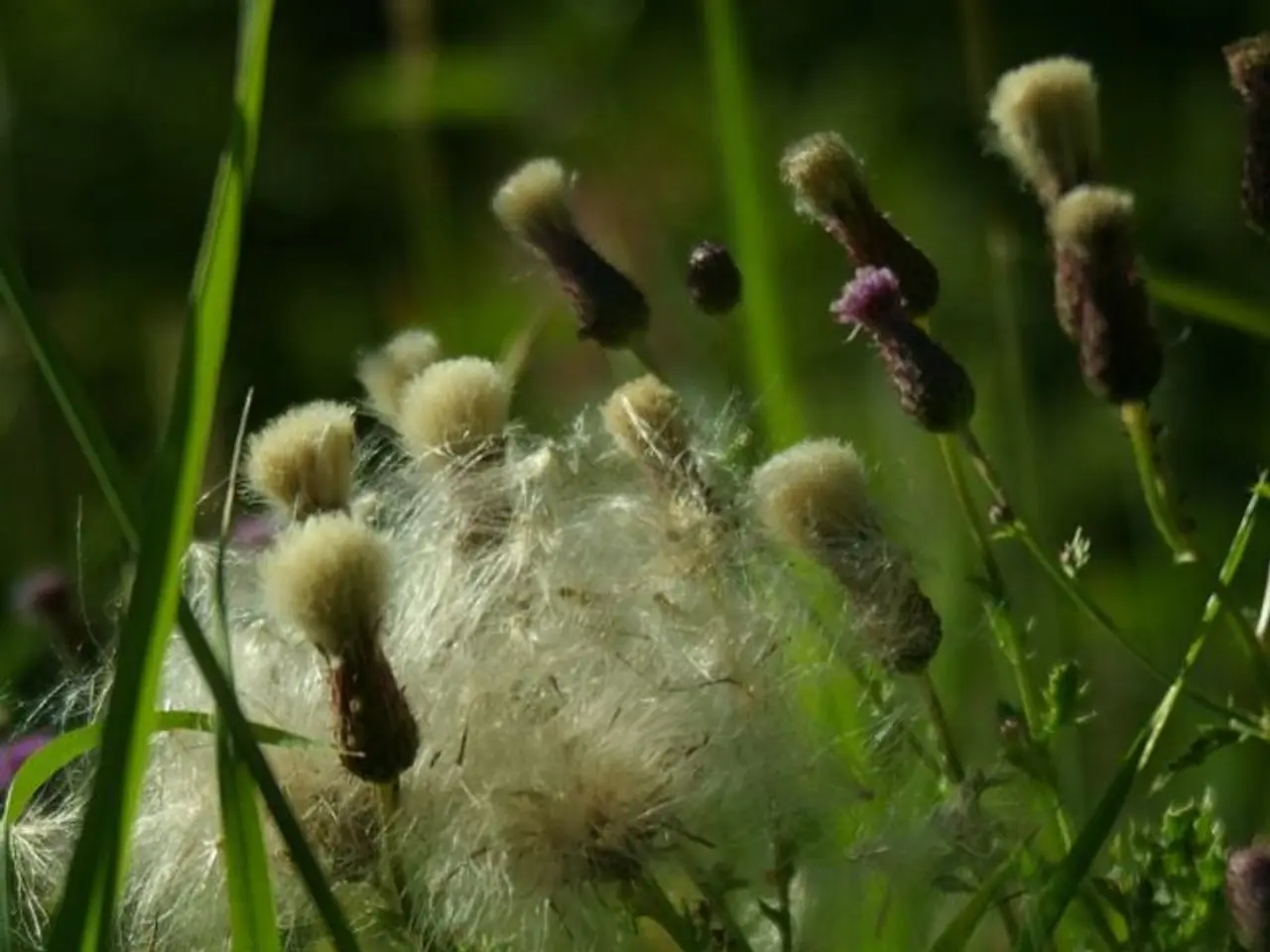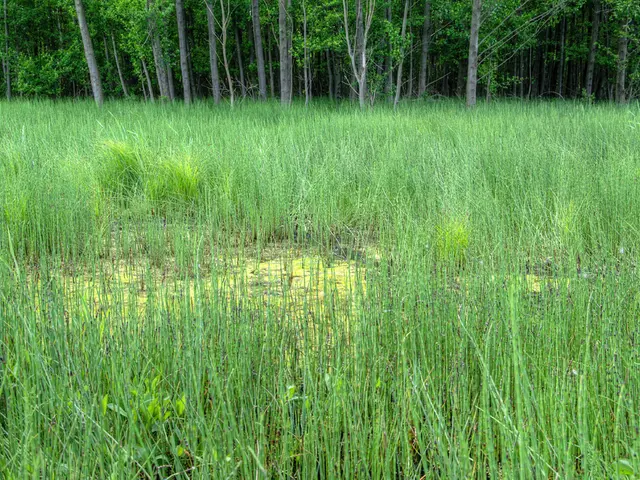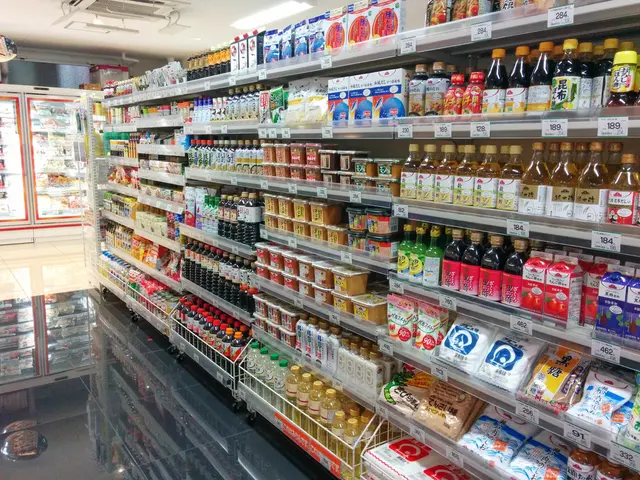Ingolstadt Researchers Develop Game-Changing Matrix for Agrivoltaics Crop Selection
Researchers at the Technical University of Ingolstadt have developed a groundbreaking matrix to select crops for agrivoltaics projects. Led by Dr. Sarah Meier and Prof. Dr. Schneider, the study 'Crop Selection in Agri-PV: International Review based Strategic Decision-Making Model' is published in 'Solar Compass'.
The matrix evaluates 12 key crops based on their responses to shading, microclimate changes, water demand, shade tolerance, and space requirements. It uses data from 117 validated studies and considers global horizontal solar irradiance (GHI) for plant suitability in different solar resource zones.
Crops like berries, fruit trees, and vegetables thrive in the microclimates created by solar modules, needing less space and offering higher economic yield per unit area. Herbs, grasses, and legumes are particularly well-suited for water-scarce, arid, and semi-arid regions. Conversely, crops like cereals, fiber plants, and oilseeds require more space and are less suitable for large shaded areas.
Agrivoltaics is ideal for small agricultural communities, decentralized renewable energy projects, and sustainable rural development due to lower installed photovoltaic power per hectare.
Future research could refine the matrix by incorporating real case studies, empirical field data, and stakeholder contributions for improved applicability in various agricultural landscapes. The matrix, developed by Dr. Meier and Prof. Schneider, is a significant step towards optimizing crop selection in agrivoltaics projects, promoting sustainable and efficient use of resources.
Read also:
- Experiencing Life's Variety Firsthand: Gaining Insights from Life's Broad Spectrum of Experiences
- Impact of Complex Post-Traumatic Stress Disorder on Romantic Relationships: Symptoms, Causes, and Precautions
- Strategies for Keeping Work Reasonable and Rewarding for those with Autism and ADHD
- Impaired Driving Awareness Campaign Announced by MADD Under the Name "End Herre"








